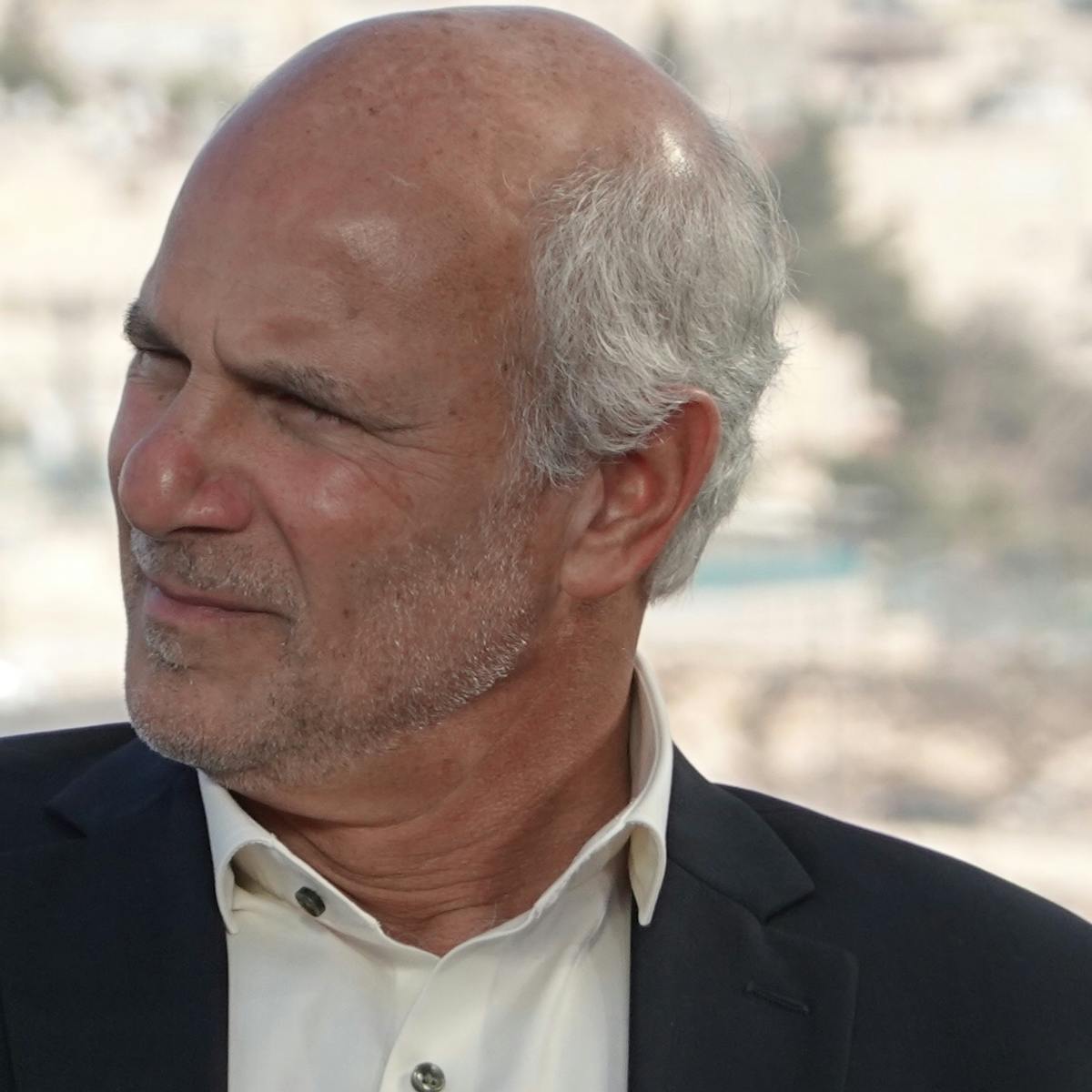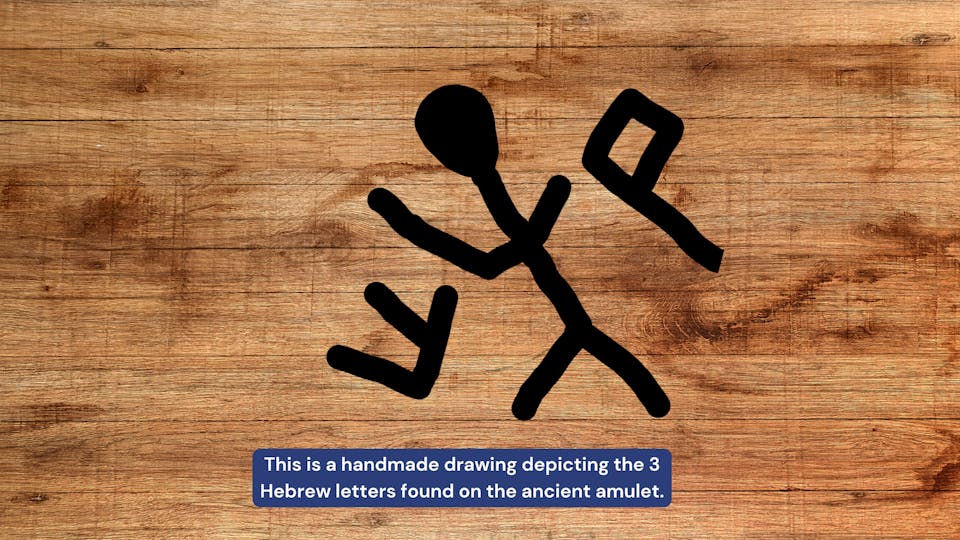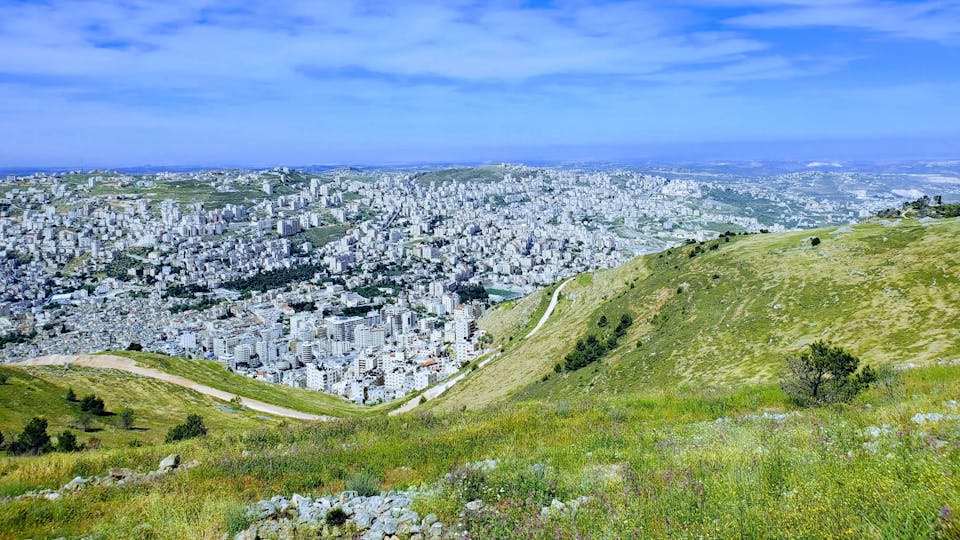Archeological Update- Mt. Eibal Inscription & The Aaronic Blessing

In the summer of 2022, Dr. Scott Stripling presented what is believed to be the most ancient Israelite inscription ever found in the land of Israel. It was the discovery of a lead tablet excavated at the site of Joshua's Altar on the slopes of Mt. Eibal in Samaria; a tablet that is presently undergoing peer review before its formal scientific publication.
This discovery could have profound implications for our understanding of biblical Israelite culture and religion during the time of Moses and Joshua. It provides evidence supporting the biblical account of Israel's entrance into the Land of Canaan.
It also confirms the great Blessing and Cursing ceremony described in Joshua chapter 8, which took place in that mountainous region. And, as some notable experts have suggested, this new archeological discovery might shed light on an ancient synagogue practice that is found in every Jewish community around the world.
As you might know, part of the daily morning prayer in every Jewish synagogue is the Aaronic Blessing. During this part of the service, the "descendants of Aaron" stand at the front of the congregation and declare the famous blessing, saying:
"Blessed are you Lord our God, King of the universe, that has sanctified us with the sanctity of Aaron and commanded us to bless his people Israel, with love." Then they lift up their hands in the air and form a specific gesture with their fingers as the image below shows.

With their hands lifted up, the descendants of Aaron, the Levites, recite the Aaronic blessing as it is written in the book of Numbers, proclaiming over the people:
"The Lord bless you and keep you; the Lord make his face to shine upon you and be gracious to you; the Lord lift up his countenance upon you and give you peace” (Num. 6:23-26).
No one really knows why the priests shape their fingers in this particular gesture. Since there isn’t any clear biblical instruction to do it that way, it could possibly be a product of an ancient tradition from an unknown source. Yet, Mt. Eibal's newly found inscription might have just provided the answer.
Remember that the Aaronic blessing that Moses commanded the Levites to perform concludes with the words, "So they will PUT MY NAME on the Israelites, and I will bless them.” And while this statement could refer to the verbal practice of pronouncing the divine name of God, YHVH, over Israel, there may be more to the story.
The answer may be hidden in the way the name of God was written in the ancient form of the Hebrew language during the time of Moses and Joshua as it appears in this lead tablet as shown in the image below.

The name of God as depicted in this Proto-Alphabetic Script features only three Hebrew letters (יהו) corresponding to the English Y H & W. Looking simply at the shape of these letters, could it be that the Hebrew priests actually positioned themselves with their hands lifted up to resemble the middle letter H?
And, could it be that the unique finger V-shaped gestures actually point to the letters on both sides of the middle letter H, corresponding to the Hebrew letters Y and W?
Following this thought, we can envision that the Hebrew priests were possibly signifying with their bodies the very name of God in a visual form as they were literally placing his name both audibly and visibly upon the Children of Israel according to Moses’ command.
And, if that is indeed the case, then the recent archeological treasure found at Mt. Eibal in Samariah is another beautiful example of how archaeology sheds light upon and helps us better understand our Bible.
If interested, discuss a visit to Mt. Eibal and to Joshua’s Altar with your Sar-El Tours’ Operator. You will not be disappointed.
